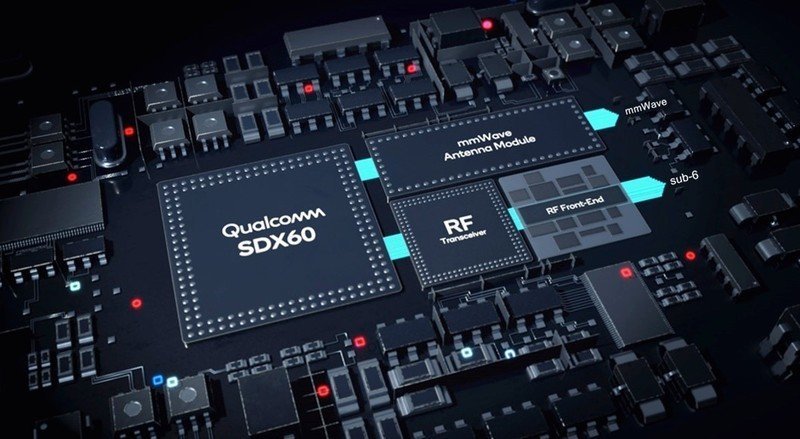Apple has introduced a new budget iPhone with an exciting feature inside. This feature is not related to Apple’s AI capabilities; rather, it is the iPhone 16e and its innovative SoC that showcase Apple’s potential to enhance older phones with more features. The particular feature I am referring to is the modem.
The iPhone 16e is the first iPhone to incorporate Apple’s new in-house C1 5G modem. Apple invested heavily in research and development to create this modem after acquiring Intel’s 5G business. On paper, Apple’s C1 modem does not directly compete with Qualcomm’s offerings.
The absence of millimeter-wave 5G frequency support in Apple’s C1 modem is significant for two reasons. Firstly, it means that users will not experience the ultra-fast 5G speeds promised by the technology, and the network coverage in many areas may be limited or revert to LTE (4G).
Qualcomm holds much of the technology required to power a millimeter-wave modem, making it almost essential in North America. While Apple may have licensed some of Qualcomm’s technology for its in-house modem, the lack of robust millimeter-wave support in the C1 suggests a deliberate decision on Apple’s part.

This situation raises questions about Apple’s dependency on Qualcomm and the influence Qualcomm holds in North America. Despite Apple’s vast resources and capabilities, Qualcomm’s dominance in the market appears unassailable.
While the reasons behind Apple’s decision to omit millimeter-wave 5G support are not publicly disclosed, it is evident that this choice was made thoughtfully. Apple aims to ensure that even its “budget” phone does not lag behind competitors in terms of network performance, especially in areas like New York or Chicago.
Apple intends to extend the usage of the C1 modem to other models in its lineup, suggesting potential integration of millimeter-wave technology in the future.
The dynamic between Apple and Qualcomm, marked by a mix of collaboration and competition, likely played a role in the decision-making process. While other companies like Samsung offer alternatives in the form of Exynos 5G modems, Qualcomm’s superior performance in cellular modems remains undisputed.
Qualcomm’s strong market presence raises concerns about monopolistic practices and the potential for impeding competition. In a landscape where even tech giants like Intel and Apple face challenges against Qualcomm, the future of innovation in cellular modems remains uncertain.
